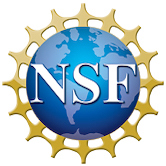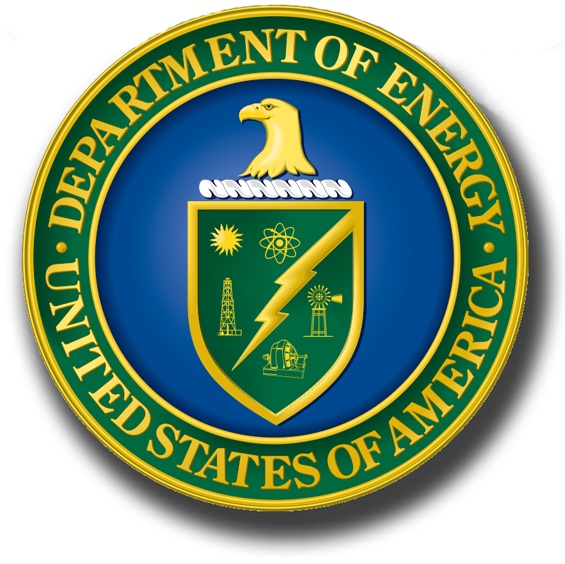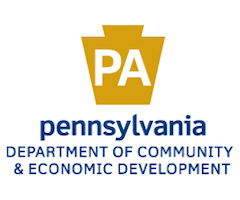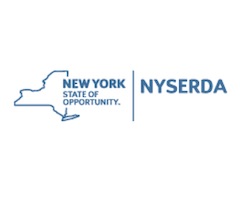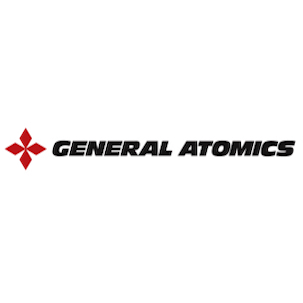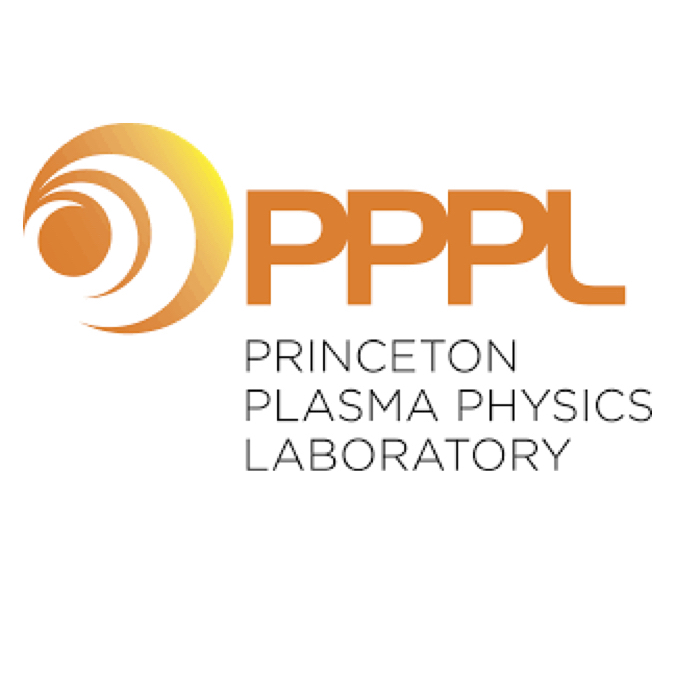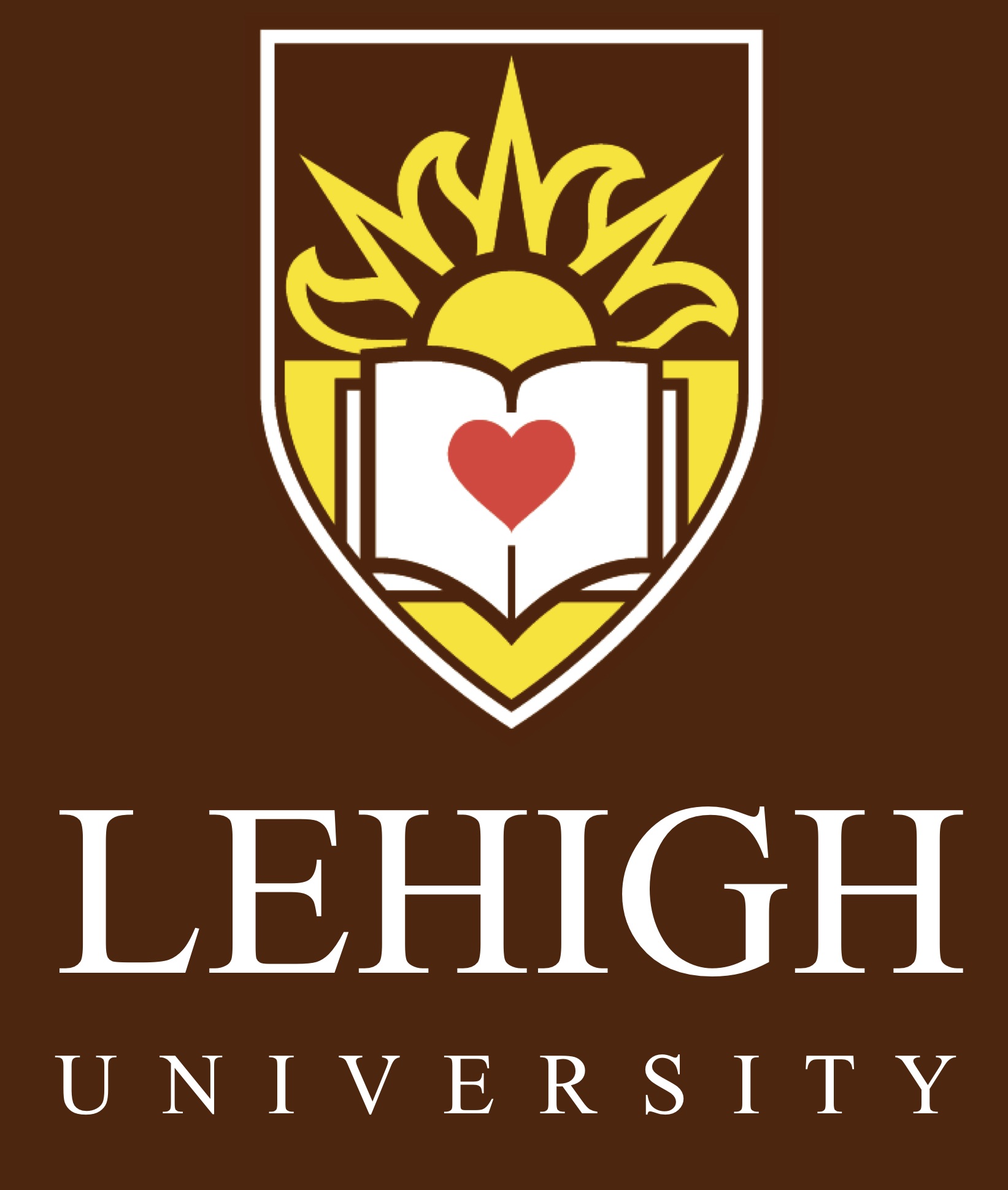Model-based Scenario Optimization in Tokamaks by Integrating Free-boundary Equilibrium and Fast Transport Solvers
X. Song, B. Leard, T. Rafiq, E. Schuster
49th European Physical Society (EPS) Conference on Plasma Physics (CPP)
Bordeaux, France, July 3-7, 2023
The scenario planning problem in tokamaks can be formulated as a model-based, constrained,
optimization problem by combining plasma-response predictive models and nonlinear
optimization techniques as originally proposed in [1]. The solution of this optimization problem
yields feedforward control laws for the different actuators by minimizing a cost function
quantifying the distance between actual and desired plasma scenarios. Machine-learning
surrogate models recently developed for transport and sources can be leveraged to solve the
trade-off between high prediction accuracy (needed to make the optimization useful) and low
computational cost (needed to make the optimization tractable). An integrated optimization
scheme combining free-boundary equilibrium (FBE) and fast transport (FT) solvers is
employed in this work for the development of advanced scenarios in tokamaks like EAST and
NSTX-U, which are characterized by high-confinement, magnetohydrodynamic (MHD)
stability, and possible steady-state operation. The FT solver provides solutions for the magnetic
diffusion equation (MDE) and electron heat transport equation (EHTE) by exploiting neural-
network models for both transport and sources such as MMMNet [2] (Multi-Mode-Model
(MMM) for anomalous transport) and NUBEAMNet [3] (NUBEAM for neutral beam effects).
By integrating FBE and FT solvers, both the plasma shape and core conditions can be optimized
simultaneously starting from the ramp-up phase of the discharge. Within the limits imposed for
actuators and the plasma state (e.g., constraints on the plasma state to avoid MHD instabilities),
optimized trajectories are determined for the current of central solenoid (CS) and poloidal field
(PF) coils (to achieve a desired shape) and for the powers of different sources such as neutral
beam injection (NBI) and lower hybrid wave (LHW) (to achieve desired q-profile and βN).
[1] Y. Ou, C. Xu, E. Schuster et al., Plasma Phys. Control., 50 (2008) 115001.
[2] S. Morosohk. A. Pajares, T. Rafiq, E. Schuster, Nucl. Fusion 61 (2021) 106040 (10pp).
[3] S. Morosohk, M.D. Boyer, E. Schuster, Fusion Eng. Des. 163 (2021) 112125.
*This work has been supported by the U.S. Department of Energy under DE-SC0010537 and
DE-SC0021385.
